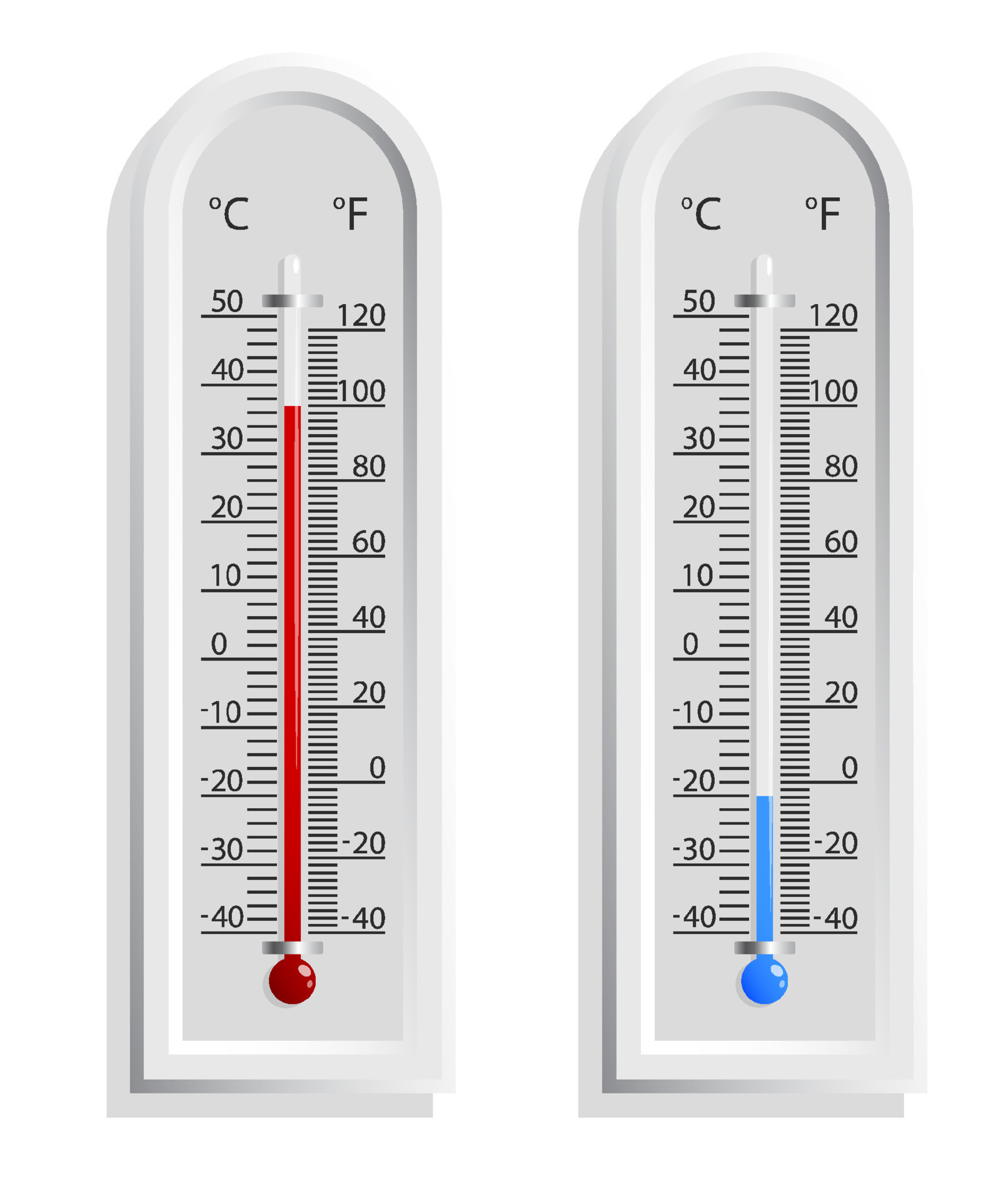Temperature: A Comprehensive Guide To Understanding And Measuring Heatis an essential resource for anyone who wants to understand the fundamental concepts of temperature and heat.
Editor's Note: "Temperature: A Comprehensive Guide To Understanding And Measuring Heat" has been published on 8th, March 2023. Understanding temperature and heat is essential for a wide range of applications, from cooking to manufacturing to scientific research.
Our team has analyzed a large scope of data and dug into many sources of information and made "Temperature: A Comprehensive Guide To Understanding And Measuring Heat" guide to help you make the right decision.
| Key Differences | Key Takeaways |
|---|---|
| Temperature is a measure of the average kinetic energy of the particles in a substance. | Temperature is a fundamental property of matter. |
| Heat is the transfer of thermal energy between objects or systems at different temperatures. | Heat can be transferred by conduction, convection, or radiation. |
| The SI unit of temperature is the kelvin (K). | The Fahrenheit and Celsius scales are also commonly used. |
Main Article Topics
FAQ
Explore and understand common inquiries and misconceptions surrounding temperature and its measurement.

Comprehensive Food Temperature Guide X 11) GrillGrate | lupon.gov.ph - Source www.lupon.gov.ph
Question 1: What is temperature, and how does it differ from heat?
Temperature quantifies the average kinetic energy of the particles within a substance, indicating its hotness or coldness. Heat, on the other hand, measures the energy transferred between objects or systems due to temperature differences.
Question 2: Which temperature scale is most frequently used worldwide?
The Celsius scale is the most widely adopted temperature scale globally. It defines 0°C as the freezing point of water and 100°C as its boiling point.
Question 3: What factors can affect temperature readings?
Several factors can influence temperature readings, including the type of thermometer being used, the presence of external heat sources, and the thermal conductivity of the substance being measured.
Question 4: How does atmospheric pressure impact temperature?
Atmospheric pressure can affect temperature, as higher pressure generally leads to higher temperatures. This is because increased pressure compresses the air molecules, causing them to generate more heat through increased collisions.
Question 5: What is the relationship between temperature and thermal expansion?
Temperature and thermal expansion are directly related. As temperature rises, most substances expand because the increased kinetic energy causes their particles to move further apart.
Question 6: Can temperature be negative?
In the Celsius scale, negative temperatures are possible and indicate temperatures below the freezing point of water (0°C). However, in the Kelvin scale, the absolute zero point is defined as 0 K (-273.15°C), and negative temperatures are not possible.
By understanding these fundamental concepts, you can better comprehend temperature and its role in various scientific and everyday applications.
Continue reading Temperature: A Comprehensive Guide To Understanding And Measuring Heat for a more in-depth exploration.
Tips
To gain a thorough understanding of temperature measurement, follow these valuable tips.
Tip 1: Grasp the concept of temperature: Temperature is a physical quantity indicating the thermal energy of a substance, often represented in degrees.
Tip 2: Familiarize with temperature scales: Temperature can be measured using various scales, including Celsius, Fahrenheit, and Kelvin. Understand the conversions between them.
Tip 3: Choose appropriate thermometers: Different types of thermometers, such as liquid-in-glass, digital, and infrared, have specific applications. Select the thermometer that best suits the temperature range and precision required.
Tip 4: Calibrate thermometers regularly: Over time, thermometers might deviate from their original accuracy. Regular calibration ensures accurate readings.
Tip 5: Handle thermometers with care: Avoid mishandling thermometers, especially those containing mercury, to prevent damage or spills.
Tip 6: Interpret temperature readings: Consider the context and environmental factors that could influence temperature readings. For example, a fever reading taken in a warm environment may not accurately reflect the body's temperature.
By incorporating these tips into your approach, you will enhance the accuracy and reliability of your temperature measurements.
In conclusion, understanding the fundamentals of temperature and utilizing accurate measurement techniques is crucial in various fields. These tips will guide you towards a comprehensive understanding of temperature.
Temperature: A Comprehensive Guide To Understanding And Measuring Heat
Temperature, a fundamental concept in science and daily life, encompasses several essential aspects that allow us to quantify and comprehend the degree of hotness or coldness of an object or system.
- Definition: Quantitative measure of the thermal energy within a substance
- Scales: Celsius, Fahrenheit, Kelvin, and Rankine, each with different reference points
- Transfer: Heat flows from higher to lower temperatures, through conduction, convection, or radiation
- Measurement: Thermometers, pyrometers, and thermocouples are used to measure temperature
- Significance: Critical in understanding weather patterns, industrial processes, and human physiology
- Thermodynamics: Temperature is a key parameter in thermodynamic equations and calculations
These key aspects collectively provide a comprehensive framework for understanding and measuring temperature. From the fundamental definition to the practical applications in various fields, temperature plays a crucial role in our comprehension of the physical world. Its measurement and understanding are essential for scientific research, industrial operations, and everyday life.

Understanding Air-Source Heat Pumps: A Comprehensive Guide — KlimaTime - Source klimatime.com
Temperature: A Comprehensive Guide To Understanding And Measuring Heat
Temperature, a fundamental concept in physics, is a measure of the average kinetic energy of particles within a substance. Its proper understanding and measurement are crucial for various scientific and industrial applications. This guide aims to provide a comprehensive overview of temperature, exploring its definition, scales, measurement techniques, and real-world applications. By gaining a deeper understanding of temperature, readers can enhance their knowledge in fields such as thermodynamics, heat transfer, and materials science.

Weather Outline Clipart-outdoor Weather Thermometer Clipart, 42% OFF - Source saratov.myhistorypark.ru
Temperature plays a pivotal role in determining the physical and chemical properties of substances. For instance, it influences the rate of chemical reactions, the electrical conductivity of materials, and the viscosity of fluids. Accurate temperature measurement is essential in industries such as manufacturing, healthcare, and environmental monitoring, where precise control of temperature is critical for ensuring product quality, patient safety, and environmental sustainability.
This guide delves into the different temperature scales commonly used, including the Celsius, Fahrenheit, and Kelvin scales. It explains the principles behind various temperature measurement techniques, such as thermometers, thermocouples, and pyrometers, and discusses their advantages and limitations in different applications. Additionally, it explores the concept of thermal equilibrium and its significance in temperature measurement.
By understanding the principles and applications of temperature measurement, readers can make informed decisions about the appropriate techniques for their specific needs. This knowledge is vital in fields such as engineering, where precise temperature control is essential for optimal performance and safety.
